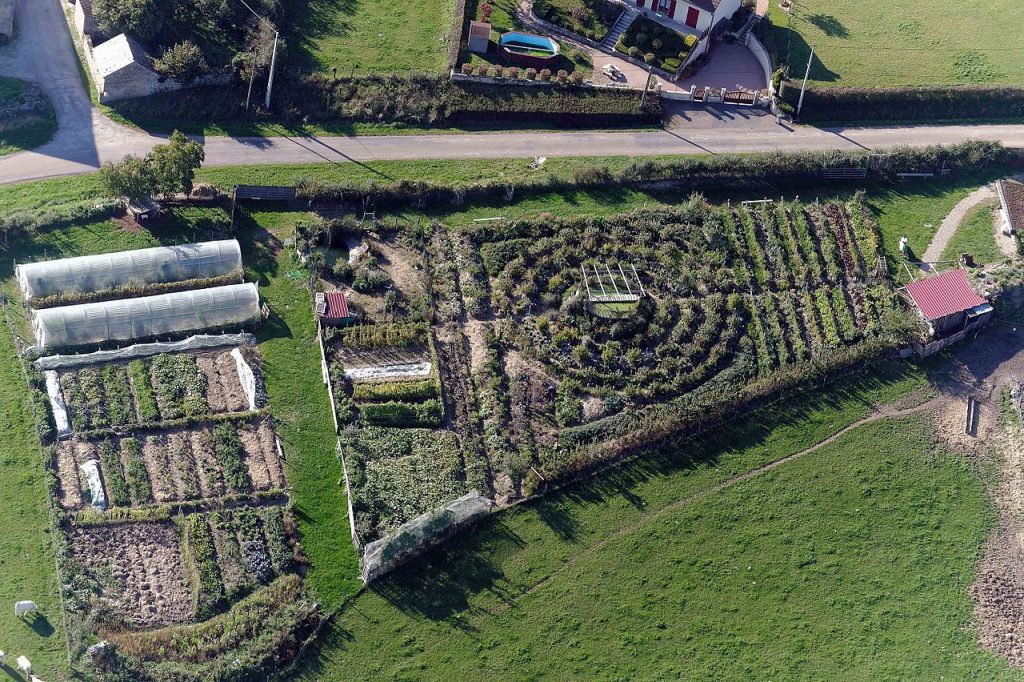
Since it relies heavily on biomimicry (looking at nature and crafting a system in a manner that allows nature to do the bulk of the tasks for you), permaculture is known as “a science of observation,” and it is applicable in any human-designed space.
What Is It Exactly?
Permaculture refers to the practice of developing self-sufficient and sustainable agricultural ecosystems. To put it simply, permaculture is a nature-driven design whose intention is to support posterity. As the term suggests, it means creating a permanent culture. According to permaculture proponents, the world is an ”interconnected whole” and offers the opportunity for living things to engage in symbiotic relationships. While permaculture has a lot in common with organic farming, it has its own distinctive features that make it different in many ways. The primary goal of permaculture is to leave the world a better place than we found it.
Why Permaculture?
The first people to practice permaculture were motivated by the effect of conventional agriculture on the earth and its species. The destruction of soil health and biodiversity by industrial agriculture was a major concern. Proponents of permaculture were worried about the use of pesticides and chemical fertilizers as these wreak havoc on the planet. This kind of farming does not respect the planet. It is not sustainable either. Conventional agricultural practices contribute to problems like:
- Drought
- Global warming
- Deforestation
- Groundwater contamination through human sludge
- Increased
 pesticide resistance
pesticide resistance - Topsoil depletion
- Animal and plant species endangerment
On the contrary, permaculture is seen as a holistic and all-inclusive remedy to the above problems as it benefits the practitioners while at the same time maintaining the scarce environmental resources. Since permaculture works with ecosystems rather than against them, there is a limited need for external influencers, such as sprinkler systems and synthetic chemicals. In response to the side effects of conventional agricultural practice, such as those mentioned above, the pioneers of permaculture developed the system to help with the following:
- Soil content replenishment
- Recycle, renew, and repair materials and resources for purposes of waste reduction
- Maintenance of species diversity
- Creation of resilience in the ecosystem to ensure it withstands any environmental changes
Tenets of Permaculture
Permaculture involves three tenets, which include:
- Caring for people on the planet
- Caring for the earth and its diverse resources and species
- Reinvesting surplus energy and other resources back into the ecosystem
Who Practices Permaculture?
Virtually everyone can practice permaculture to help create a sustainable future for both current and generations to come. We tend to incorporate permaculture principles in our day-to-day practices without even knowing. Eco-friendly product users, environmentalists, recyclers, urban activists, organic gardeners, and land-use planners usually practice permaculture in one way or the other.

